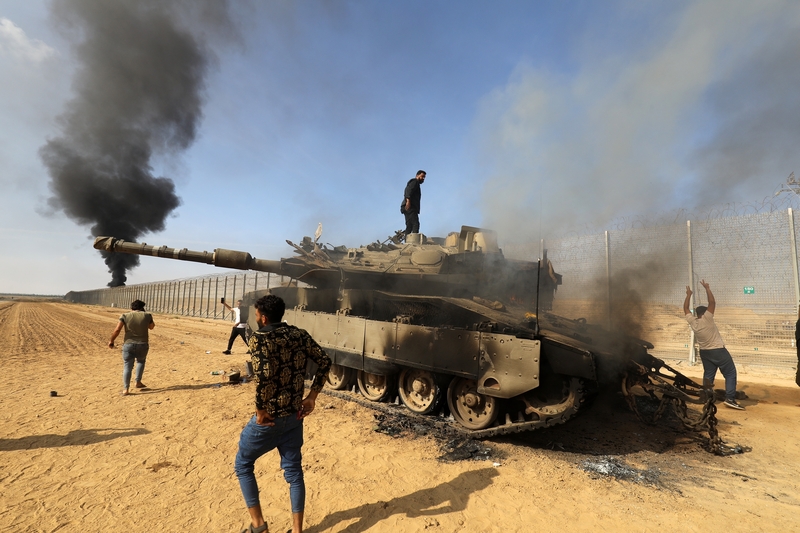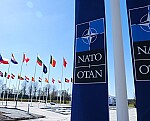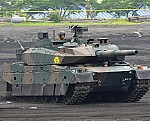How did Hamas outwit Israel?
For several months, the Palestinian movement Hamas, which launched an unprecedented attack on Israel from the Gaza Strip, managed to deceive Israeli intelligence agencies. During the planning of their actions, its leaders avoided using mobile phones or computers. In essence, they reverted to communication methods that were common in the past, according to retired Israeli General Amir Avivi.
Some experts quoted in The Times of Israel (TOI) claim that Hamas has exploited the divisions between Israeli politicians and security forces over the proposed judicial reform, which has sparked mass protests in Israel, as well as over violence by Jewish settlers. While Israeli security services are increasingly relying on modern technology to gather intelligence, General Avivi claims that Hamas leaders have reverted to traditional, less advanced forms of communication.

While Israeli security agencies increasingly rely on advanced technology for gathering intelligence, General Avivi argues that Hamas members have resorted to older and less sophisticated methods of communication, which have been more successful at evading surveillance.
According to Avivi, Hamas has found a way to circumvent monitoring by avoiding the use of mobile phones or computers when planning their operations. Many Hamas leaders were even kept in the dark about the specifics of their actions in advance to minimize the risk of information leaks.
The Times of Israel (TOI) reported that some security officials and former heads of intelligence services repeatedly warned the government of Benjamin Netanyahu that mass protests against his judicial reform could disrupt coordination among security forces and jeopardize national security. A rift has emerged between military leaders, intelligence agencies, and some right-wing government politicians, partly due to escalating clashes on the occupied West Bank and acts of violence committed by Jewish settlers against Palestinian residents. The rhetoric and stances of politicians advocating the expansion of Jewish settlements likely contributed to the escalation of the situation.
In August, the spokesperson for the Israeli army and the head of the Israeli Shin Bet intelligence service strongly condemned acts of violence by Jewish settlers on the West Bank against Palestinians, labeling it as "Jewish terrorism." While some government lawmakers criticized these statements, Defense Minister Joav Galant stood by Shin Bet, emphasizing that attacks on intelligence services jeopardize national security.
For a long time, Hamas had manipulated the perception that it did not seek open confrontation with Israel, confusing Israeli security forces. This included distancing itself from attacks carried out by the Palestinian Islamic Jihad in the Gaza Strip. Egypt, often acting as a mediator between Israel and Hamas, repeatedly warned Israel that Hamas was planning something significant, but Israeli authorities focused more on the situation in the West Bank and did not pay sufficient attention to these warnings from Gaza.
A factor contributing to the surprise of the offensive was also that Hamas had learned from past clashes with Israeli forces and incorporated its own innovations into tactics. For example, they learned to use improvised explosive devices (IEDs). They realized that these are inexpensive and easily concealable, making them a valuable tool for asymmetric warfare. Furthermore, during the attack, they drew inspiration from the military infrastructure of the Lebanese Shiite organization Hezbollah.
The smoothness of the operation reportedly caught not only Israeli forces but also members of Hamas off guard. A senior figure within the terrorist organization, Ali Barakeh, stated that Hamas had anticipated that Israel's "Operation Storm of Al-Aqsa" would be prevented or at least restricted.
Despite the surprise of the initial attacks and the shock to Israeli forces, it is clear according to experts that Hamas is fighting against an army with more sophisticated heavy weapons and airpower. Palestinian terrorist organization's fighters have only makeshift IEDs and light weapons. Therefore, they seek to limit direct confrontation in order to minimize losses.










